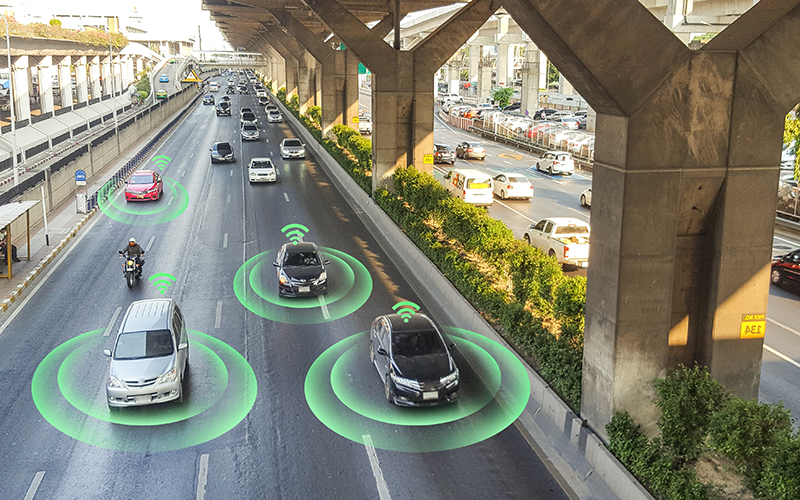Many people have over the years had a different conception about smart cars. How they operate and operated on, how they interact with other cars; just like how our smartphones interact with other smartphones via the internet. And also, what their network structure looks like.
Contributed by Yasir Alvi.
Now, what is a smart car? Smart cars are cars equipped with what are regarded as system-driven forms of artificial intelligence. They are vehicles with advanced technology. They consist of components beyond the use of hybrid fuel, simple Bluetooth connection, and many components of modern vehicles. Smart cars enable you control aspects of the vehicle from your phone.
The idea of having a smart cart or making your car smart comes with the desire to is to cruise your car control through anti-lock brakes, airbag systems, and keyless entry systems. In addition, having a climate and entertainment system, and of course for racers, controlling car idle speed as well as automatic transmission is an aesthetic aspect of having a smart car.
The technical operations of smart cars consist of special electronic sensors that feed real-time information back to the computer brains. These sensors are high tech-sensors like the air temperature sensors, engine temperature sensors, throttle position sensors, air pressure sensors, knock sensors, oxygen sensors, and so on. The real-time data from these sensors are structured in a way that controls fuel injectors, spark plugs, and other mechanical and electronic components of the vehicle.
The next big question is, how do smart cars work?
How do smart cars work?
Smart Cars such as the Fortwo has their engines located at the back, instead of the regular front as most vehicles. The manufacturer uses a Tridion steel safety shell to enclose the entire vehicle as it performs well in pilot clash tests, thereby making the smart car safer. The front of the Smart Car has a small energy-absorbing crumple area for impact reduction. It also has replaceable and recyclable body panels, making it easy for the colour of the car to be changed whenever the user desires. The Fortwo smart car with a 61hp installed engine capacity can go from zero to 60mph in about 15 seconds, isn’t incredible, and with a speedometer max of 84 mph. The most interesting thing is the high tech-sensors make this high speed highly enjoyable for a user.
Are smart cars economic?
Below are reasons why smart cars are highly economic compared to regular modern cars.
- Smart cars are fuel-efficient; you can imagine using just a gallon for around 67 miles.
- Some of the newly manufactured smart cars are 100% electric, which drives the user from fuel scarcity and market price instability.
- Also, they have low ownership costs and are one of the least expensive cars to insure.
What is the problem with smart cars?
Let’s highlight some of the risks smart car users might face.
- Privacy violations through hacking possibly expose the user’s data.
- Electrical problem, which will cause real-time data transmission issues.
- Engine failures, though, even regular cars experience this.
- Insecure smart cars/user applications
- Possible smart car control hacks; as they are connected to the internet.
How do you protect your smart car?
- Ensure secured connection of your smart car: This is similar to how you secure your smart gadgets by ensuring that your WIFI is well secured from any third party. Use VPN (a virtual private network) downloaded on your phone and then connect your smart car system to it.
- Always deactivate connectivity services: When your smart car is not in use, deactivate it from your smartphone network. So that hackers will not have a chance.
- Regularly patch and update smart car software.




